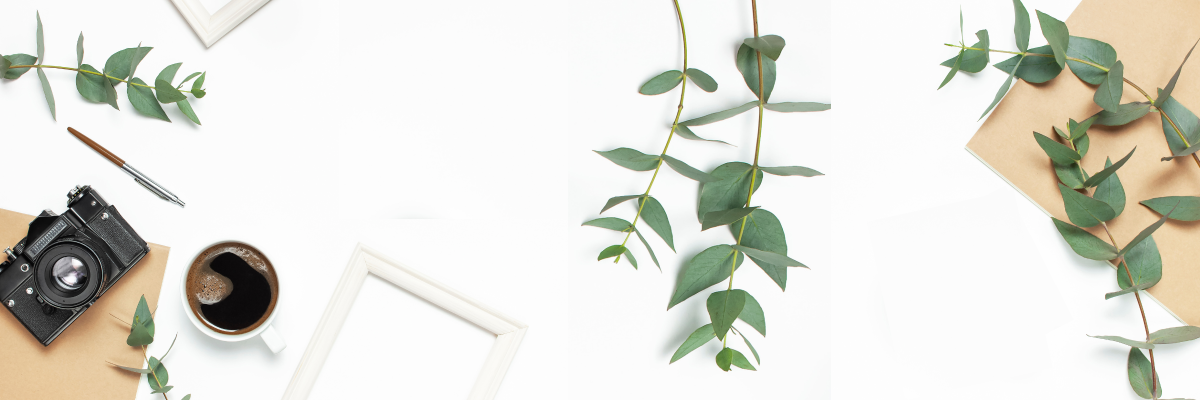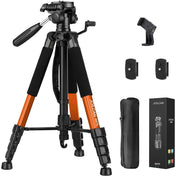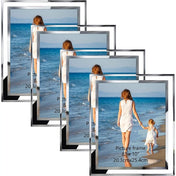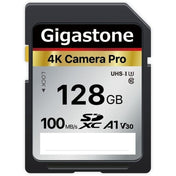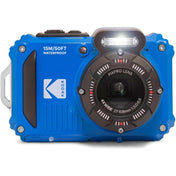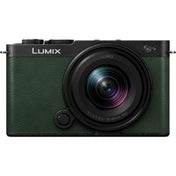Photography is a captivating art form that allows us to immortalize moments and express our creativity. One of the most critical aspects of photography is understanding shutter speed. By mastering this vital element, you can significantly improve your photographic abilities and create images that are not only aesthetically pleasing but also emotionally evocative. In this article, we will explore various techniques and tips that will help you harness the power of shutter speed, as well as how to present your photos beautifully in wooden picture frames.
Understanding Shutter Speed
Shutter speed refers to the length of time the camera’s shutter is open, allowing light to hit the camera sensor. This control over the exposure time gives photographers the ability to manipulate motion blur and capture images under various lighting conditions. Shutter speed is typically measured in seconds or fractions of seconds, which connects directly to how light interacts with your camera sensor.
What Does Shutter Speed Affect?
Shutter speed can greatly influence your photos in several ways:
- Exposure: A faster shutter speed lets in less light, while a slower shutter speed allows more light to enter. This is crucial for low-light environments or bright sunlight.
- Motion Blur: A slow shutter speed can result in motion blur, making moving subjects look smooth and ethereal. Conversely, a fast shutter speed freezes motion.
- Depth of Field: While largely influenced by aperture, shutter speed can work in conjunction with it to create depth effects, especially in dynamic or changing scenes.
Choosing the Right Shutter Speed
The right shutter speed depends on various factors, including lighting conditions, the subject's motion, and your desired outcome. Here are some guidelines to help you choose effectively:
Fast Shutter Speeds
Use a fast shutter speed (1/500 seconds or faster) for:
- Sports and action photography: Freezing the movement of athletes or animals in action.
- Wildlife: Capturing quick movements of creatures in their natural habitat, such as birds in flight.
- Portraits: Avoiding motion blur from a subject’s slight movements during a shoot.
Slow Shutter Speeds
Utilize a slow shutter speed (1/30 seconds or slower) for:
- Long exposures: Creating dreamy effects in landscapes, especially during sunrise or sunset.
- Light trails: Capturing the mesmerizing trails of movement, such as car lights at night.
- Water effects: Giving flowing water a silky smooth appearance in nature photography.
Shutter Speed, Aperture, and ISO: The Exposure Triangle
Shutter speed is one side of the exposure triangle, which also includes aperture and ISO. Balancing these three elements is essential for achieving the desired exposure and image quality. Here's a brief overview of how they work together:
- Aperture: Controls the amount of light entering through the lens and affects depth of field.
- ISO: Determines the sensitivity of your camera sensor to light. Higher ISO settings can help in low-light situations but may introduce noise.
Understanding how to adjust these three elements in response to each other is key to mastering shutter speed and capturing stunning images that fit perfectly in elegant wooden picture frames.
Practical Tips to Enhance Your Shutter Speed Skills
Here are practical tips to help you improve your skills in managing shutter speed and enhancing your photography artistry:
Experiment with Different Shutter Speeds
Take your camera out and try shooting the same subject with a range of shutter speeds. Observe how those tiny adjustments impact your images. Take notes on which speeds work best in different scenarios, like capturing sports or scenic views.
Use a Tripod
When utilizing slower shutter speeds, camera shake can severely ruin an otherwise perfect shot. A tripod stabilizes your camera and allows you to take clearer images. It’s essential for long exposures and low-light conditions.
Practice Panning Techniques
Panning is a creative technique where the photographer moves the camera in sync with a moving subject, keeping the subject in focus while blurring the background. This can dramatically enhance the excitement of an action shot. Practice with varying shutter speeds to find what effectively captures the right motion blur.
Embracing Post-Processing
Once you’ve captured your image, post-processing can also play a significant role in the final presentation. Software like Adobe Lightroom or Photoshop allows you to refine your images further. Here are some aspects to consider:
- Adjusting Exposure: Fine-tune the exposure for optimal brightness without losing details.
- Enhancing Details: Use sharpening tools to make sure those action shots come out crisp.
- Color Adjustment: Balance colors to ensure the right mood and feel are conveyed in your photos.
Share Your Work in Style
After you’ve edited your photos, consider how to display them for maximum impact. Opt for classic wooden picture frames that complement the aesthetic of your work. These frames enhance the visuals while adding a warm, timeless appeal to your photographs.
Utilizing Shutter Speed in Various Scenarios
Capturing Landscapes
When photographing landscapes, shutter speed can help you study how light impacts your composition. For example, using a slow shutter speed during golden hour can create a beautiful transition of light. If there are elements moving in the photo, like water, you can use a longer exposure to smooth out those elements, adding a tranquil feel to your composition.
Shooting in Low Light
In low-light scenarios, adjusting your shutter speed becomes crucial. You may need to use a slower shutter speed by stabilizing your camera to ensure that you capture the scene without motion blur. Combining this with a higher ISO can yield wonderful results, showcasing the magic of twilight.
Capturing Action and Sports
Fast shutter speeds are your best friend when shooting fast-paced action scenes. A speed of 1/1000 seconds can freeze moments in sports photography, ensuring that you capture all the details, from the expressions on athletes’ faces to the points of impact. Properly utilizing shutter speed can lead to dynamic shots that command attention.
Important Safety Note for Shutter Speed
As you experiment with shutter speeds, remember to practice safety, especially when capturing images in varying lighting conditions or when using tripods in crowded spaces. Always keep an eye on your surroundings to ensure you are aware of potential hazards.
Final Thoughts: Transforming Your Photography with Shutter Speed
Mastering shutter speed is an essential step in becoming a proficient photographer. By understanding how to manipulate this aspect of your craft, you can create stunning imagery that speaks to the viewer's emotions. Whether you're snapping action shots, tranquil landscapes, or vivid portraits, the right shutter speed can make a world of difference. Moreover, showcasing your art within exquisite wooden picture frames can further enhance their impact, turning your photographs into cherished keepsakes. Embrace these tips and watch your photos evolve into something truly special!

